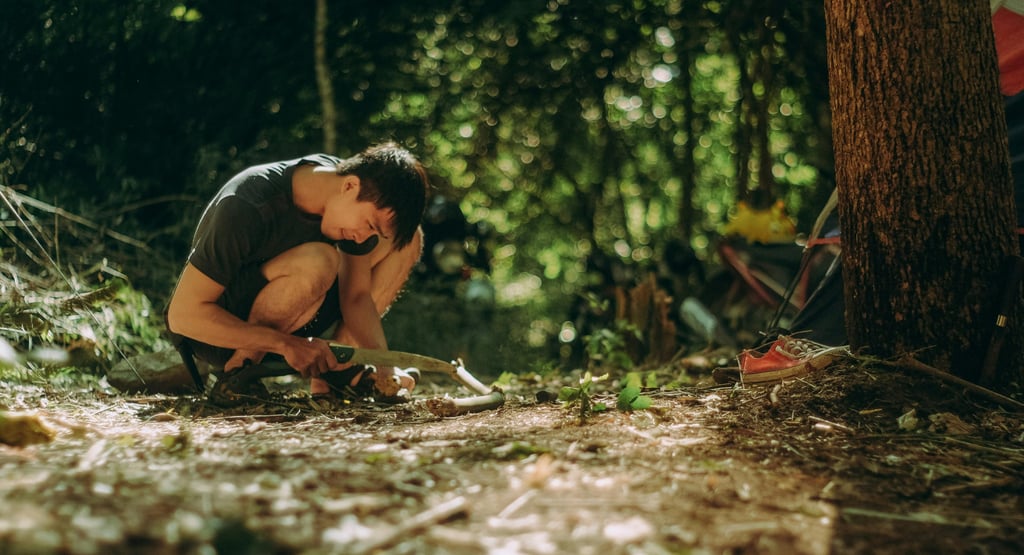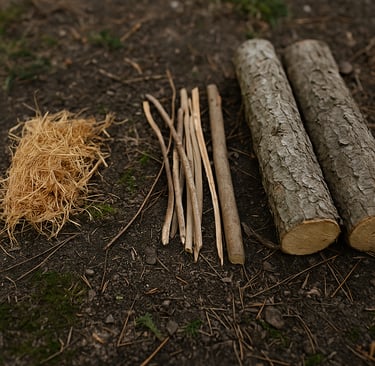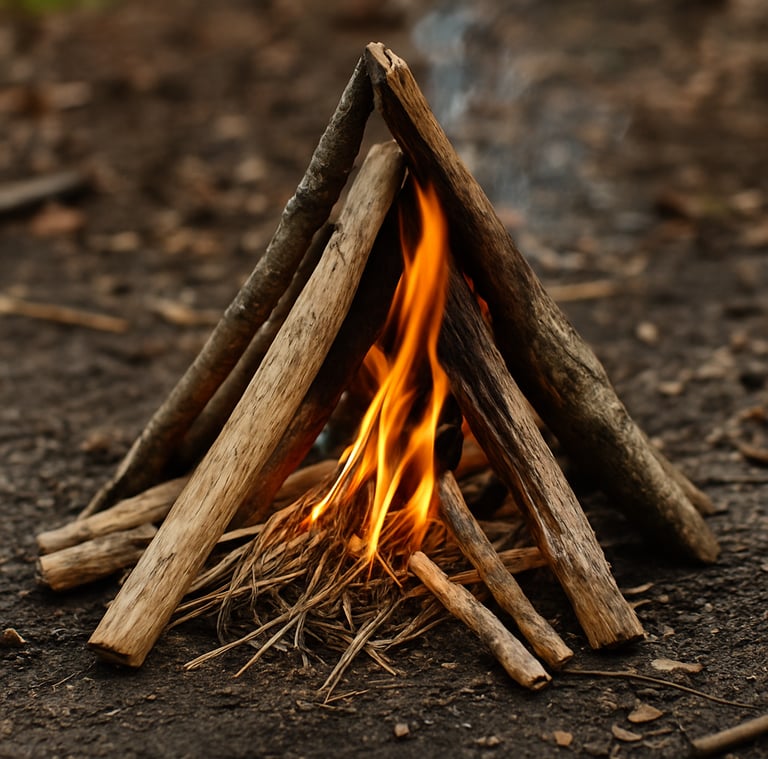Practical Fire Starting Tips: A Beginner's Guide to Building an Outdoor Fire
Discover beginner-friendly tips for starting a fire outdoors with ease. Learn how to find dry firewood, use fire starters, build different fire lays, and stay safe in wet weather.


Practical Fire Starting Tips: A Beginner's Guide to Building an Outdoor Fire
Why Firecraft Is Essential for Outdoor Survival
Knowing how to build a fire in the wild isn’t just a cool trick — it’s a core survival skill that provides heat, light, cooking power, confidence, natural animal repellant, and peace of mind. Whether you’re out for a short hike or camping off-grid, learning basic fire-starting techniques boosts your self-reliance and safety in the great outdoors.
Finding Dry Firewood in the Wild
Start by gathering dry materials. Look for small twigs, bark, dry grass, and branches. You’ll need three types of fuel: tinder to catch the spark, kindling to help it grow, and larger fuelwood to sustain the fire. The right balance between these will determine how well your fire ignites and burns.
Creating a Solid Base for Your Fire
Every successful outdoor fire starts with good preparation. Clear away any debris and dig a shallow pit or create a small fire bed using rocks. This helps with airflow and minimizes the risk of the fire spreading, especially in dry environments. A good base sets your fire up for lasting heat and safety.
Fire Starting Methods You Should Know
Modern fire starters like matches and lighters are convenient, but they’re not always reliable in damp or windy conditions. Learning alternative fire starting methods like the bow drill, fire plough, or ferro rod can be a game-changer. Each method has its own challenges and rewards, and knowing more than one gives you options when it counts.
Exploring Fire Lay Styles
Different fire lays serve different purposes. The teepee lay is quick to light and ideal for a fast, warm flame. The log cabin lay provides structure and a slower, more controlled burn. Experiment with both styles so you know how to adapt based on weather, fuel, and your goals for the fire.
Staying Safe While Fire Building
Always make safety a top priority. Keep water nearby, never build fires in high wind, and maintain a safe perimeter around your fire area. When you're finished, douse the fire with water and stir the ashes to ensure it’s fully extinguished. Leaving no trace is part of responsible wilderness survival.
Using Fire Starters in Tough Conditions
In wet or windy weather, waterproof fire starters or homemade fire starters (like cotton balls soaked in petroleum jelly) can help you get a flame going fast. They’re compact, easy to store, and highly effective. Having a few tucked in your pack can make the difference when conditions get rough.
Starting Fires in Wet Weather
Rainy days can test your firecraft skills. Look for dry wood under logs or protected areas like under large rocks or trees. If the ground is soaked, build a platform from sticks to keep your tinder and kindling off the wet surface. Shelter your flame with your body or gear until the fire is strong enough to sustain itself.
Why Practice Makes Perfect
You can read about fire-starting techniques all day, but nothing replaces real-world practice. Try building fires in different conditions, with different materials, and using different ignition methods. The more you experiment, the more confident and effective you’ll become.
Final Thoughts on Mastering Outdoor Fires
Mastering the basics of outdoor fire building opens the door to safer and more enjoyable adventures. From gathering the right firewood to adapting your setup for the weather, these tips will help turn you from a beginner into a capable survivalist. Keep practicing, stay patient, and respect the power of fire.




© 2025. All rights reserved About | Privacy Policy | Terms and Conditions | Affiliate Disclosure | Disclaimer


